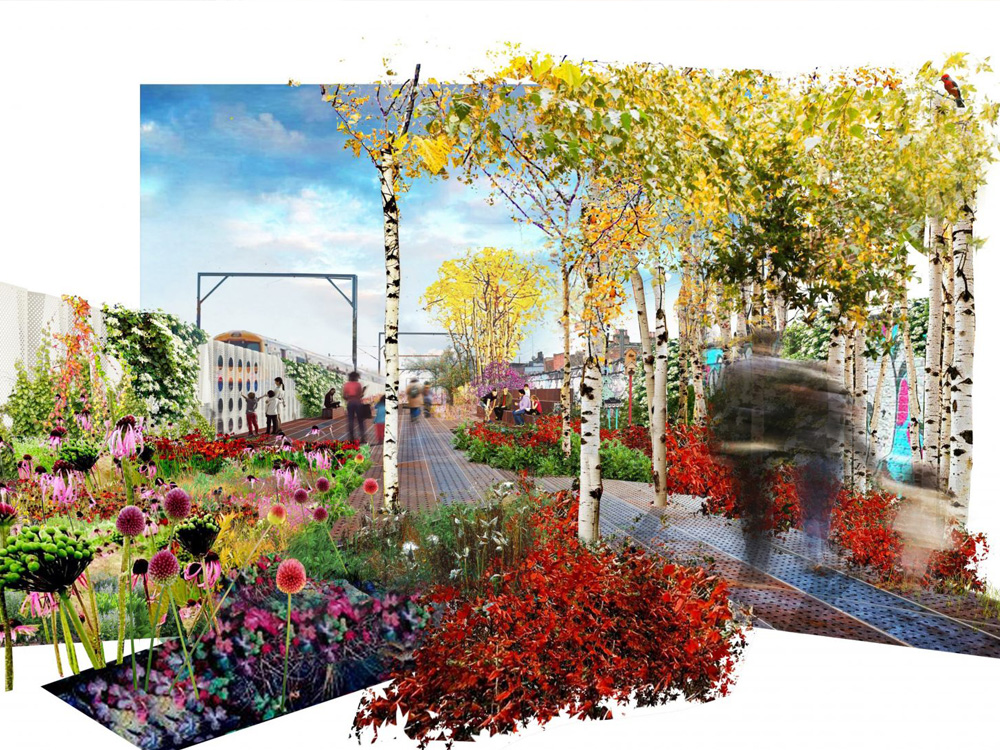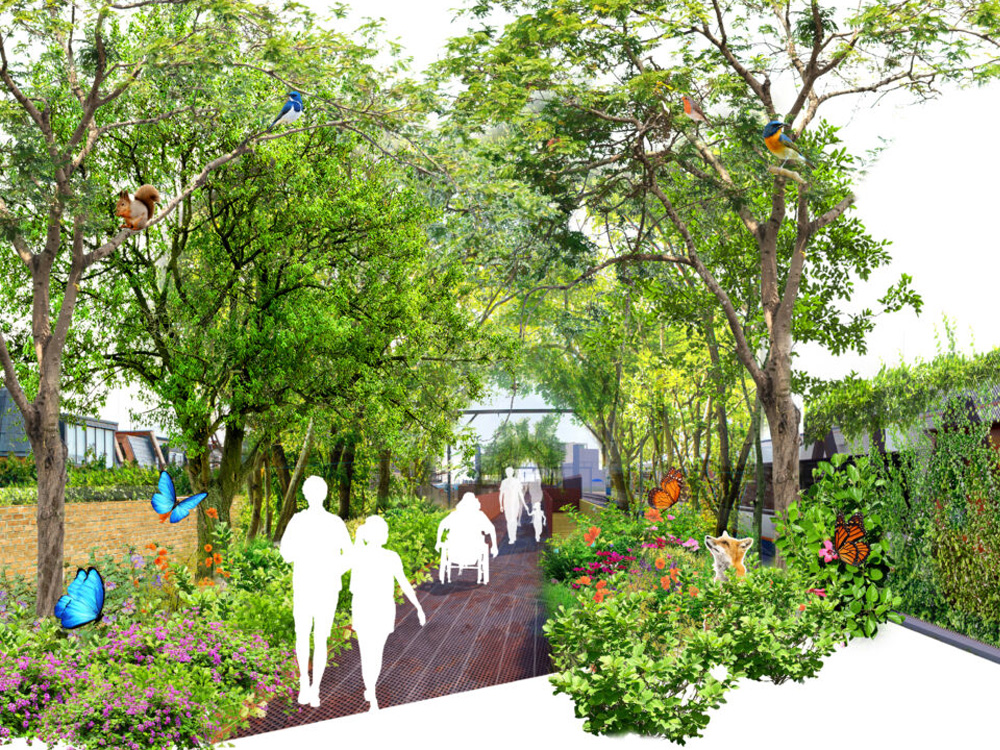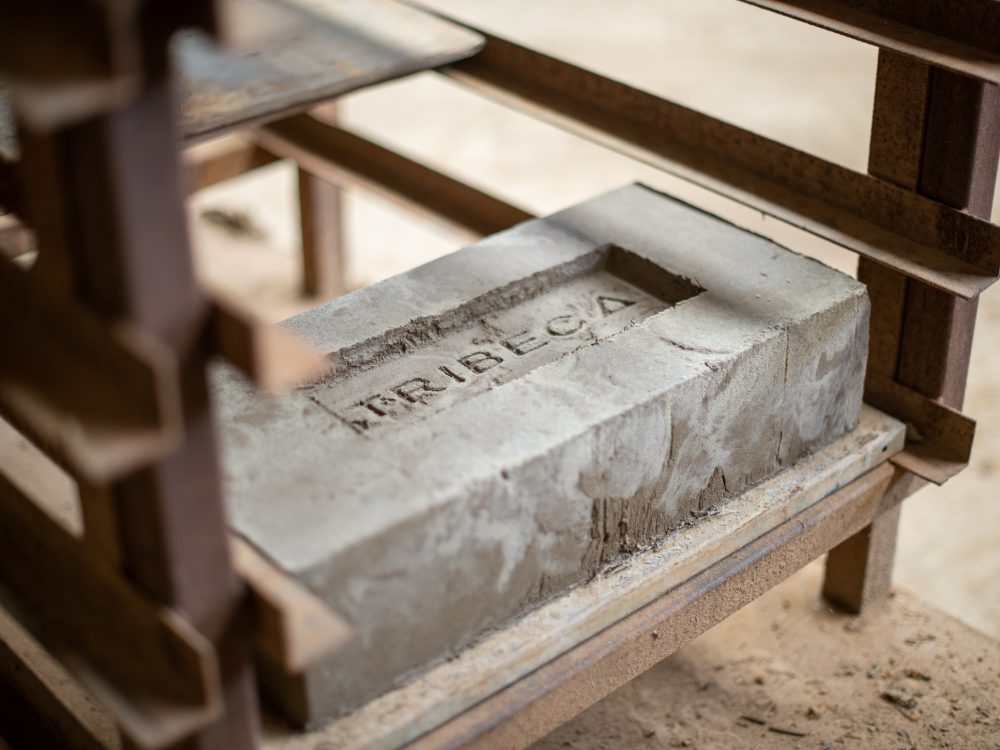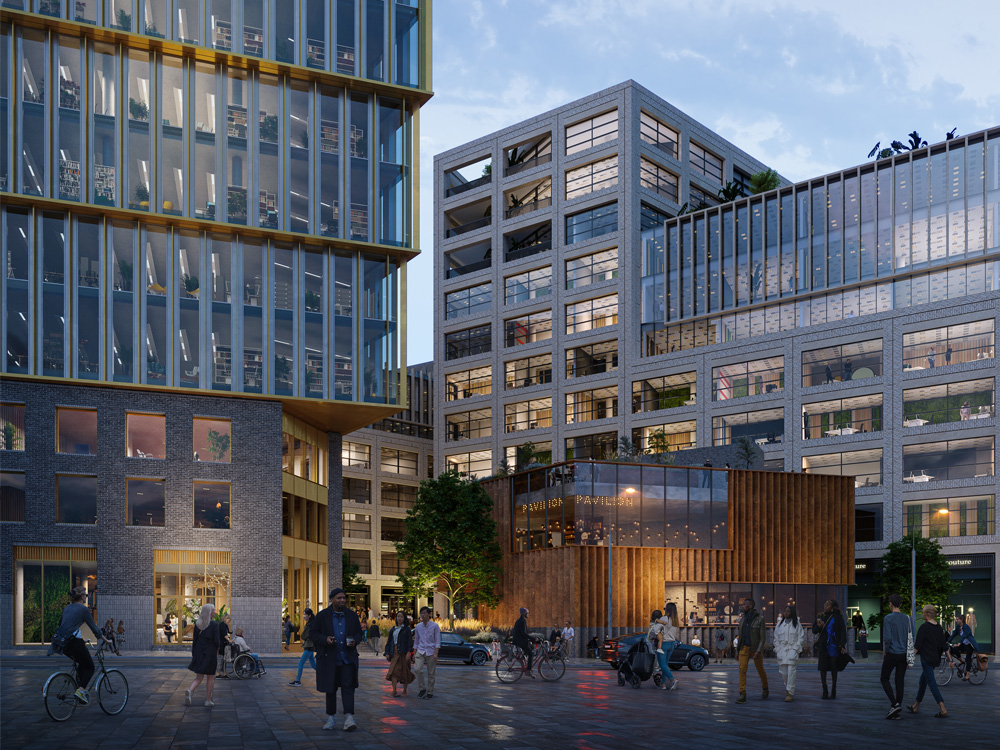The Camden Highline: a new urban park in our neighbourhood
Camden has a strong community spirit, and great things happen when communities come together to transform the place they call home.
Enter Camden Highline. The project, a short walk from Tribeca, reimagines a disused railway viaduct between Camden Town and King’s Cross as a 1.2km floating park. It perfectly captures the potential to take something unloved and turn it into something beautiful.
First conceived by UCL geographer Oliver O’Brien in a 2015 blog post, the Camden Highline takes direct inspiration from a similar concept in New York City. “Gliding peacefully above the busy traffic, moving through buildings and alongside wild flowers, the experience is rather surreal, and, on experiencing it, it’s easy to see why it’s been such a big hit,” O’Brien wrote back then.
He wasn’t the only one who saw that potential. Camden Town Unlimited jumped on the idea and soon turned it into a project by the community for the community.

Stretching from Kentish Town Road in Camden Town to York Way in King’s Cross, the park will bring new green space and greater biodiversity to 20,000 people in the area. It will give the area a place for people to walk, opening up more pedestrian-friendly space while relieving some pressure from the nearby canal.
Engagement with the Highline so far has demonstrated its appeal on a local, city-wide and even international level. Camden Town Unlimited has raised funds from the Mayor of London, businesses in the area – Labtech in Camden and Argent in King’s Cross – and from more than 1,000 individual donations online. The Friends of the Highline network, which will ultimately take care of the park, has already hit 300 members. And, on top of this, the design will be delivered by the team behind the New York High Line – James Corner Field Operations – in collaboration with Kentish Town-based vPPR Architects.
There will undoubtedly be challenges, and turning it into a reality will take effort. The Camden Highline will cost about £35m, plus the costs of ongoing maintenance.

But the team behind it is optimistic. They have raised about £1m, which has enabled feasibility, design and planning. The hope now is to submit a planning application by early 2022 and, if approval is granted and funds are raised, deliver the Highline by 2024.
Besides bringing more green space to Camden’s community, the Highline could have other transformative effects. The Journal recently spoke to Simon Pitkeathley from Camden Town Unlimited, who is leading the project, and he told us it it’s “not unreasonable” to expect the Highline to attract two million visitors per year, pushing London’s visitor economy further north.
Another intangible benefit is that it could make the Overground more accessible to people in King’s Cross. Residents in the northern part of the district don’t necessarily realise they are close to the Overground, but the Highline will make it a 10 minute walk.

However, Highline’s connection with trains runs even deeper than that. One major difference between New York’s and Camden’s designs is that Camden’s park will still have a running train next to it.
One day soon, the gentle, familiar rumble of a passing train will meld into the sounds of couples laughing, families enjoying a weekend walk above their homes, cyclists whirring past and the quiet chirps of birds perched on newfound greenery. All this will serve as a reminder that the Highline is rooted in Camden: in its history, in its future and, most of all, in its community.
“I’m really hoping that we can retain a sense of the trains. You would still be able to see them and feel them and hear them, because it is quite a nice experience.”


